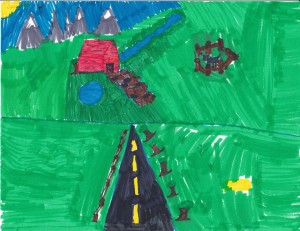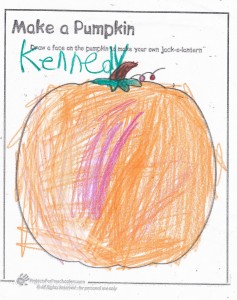The tragic, preventable events in Flint, Michigan, have brought to the nation’s attention the results of lead poisoning, especially in children. It’s a good time to remember that lead poisoning can be a risk, no matter where you live.
How are children exposed to lead? Lead can be inhaled in polluted air (which is why lead was removed from gasoline decades ago). Children can be exposed through paint containing lead, either by eating paint chips or when lead paint is removed and is introduced into the air. They can also ingest lead through tainted drinking water, which is what has happened in Flint.
Children are at greater risk than adults because their bodies absorb higher percentages of lead. In addition, their developing bodies are more easily and irreversibly damaged.
Some of the worst and most obvious problems that result from lead poisoning occur in the central nervous system. Brain development can be greatly affected, especially in those under the age of two. Such problems are permanent.
Other severe effects can include anemia, kidney problems, endocrine issues (including the inhibiting of normal growth), and gastrointestinal concerns (like vomiting and constipation). Both small motor and large motor skills suffer from lead poisoning.
Because lead so severely affects the central nervous system, children often exhibit serious behavioral problems like aggression, impulsive behavior, and difficulty with attention—problems that don’t end with childhood. Later in life, these individuals experience a much higher than normal incidence of substance abuse.
The growing understanding of the severity of the consequences of lead poisoning has caused the Centers for Disease Control and prevention to modify its definition of toxic lead levels over the past several decades to one twelfth of its former measurement (from 60 micrograms/deciliter in 1970 to 5 mcg/dL in the current definition).
So, what can we and you do to prevent lead poisoning? First, make sure you limit your child’s exposure to lead. If you’re concerned because you live in an older home, you can have your water tested to be certain that no lead is leeching into the system from pipes. Make sure that any lead paint has been removed.
In our office, we assess lead levels at the one year checkup. In addition, we have increased our frequency of using a verbal questionnaire to screen for risks, starting at six months of age.
Together, we can reduce or eliminate your child’s risk of toxic lead exposure.
***Much of the information in today’s blog was gleaned from “Pediatric News,” Vol. 50, number 3, March 2016.
© 2016, MBS Writing Services, all rights reserved




